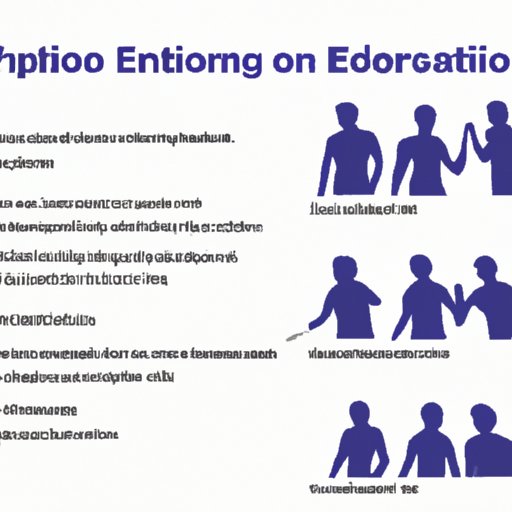Introduction
Exercise induced bronchoconstriction (EIB) is a condition that affects millions of people worldwide. It is a narrowing of the airways caused by strenuous physical activity, which can make it difficult to breathe. While EIB can be managed with medications and lifestyle changes, it is important to understand the symptoms, causes, and options for treating this condition.
Symptoms and Causes of Exercise Induced Bronchoconstriction
What is Exercise Induced Bronchoconstriction? EIB is a type of asthma triggered by physical activity, such as running or playing sports. It occurs when the airways become inflamed and constricted, making it difficult to breathe. Symptoms of EIB include shortness of breath, chest tightness, coughing, wheezing, and fatigue.
The exact cause of EIB is not known, but there are several factors that may contribute to the condition. These include allergens in the air, cold weather, dry air, and chemical irritants. People who have asthma are more likely to experience EIB, as are those who engage in vigorous physical activity.

Understanding the Role of Medication in Treating Exercise Induced Bronchoconstriction
Medications are often used to treat EIB. The most common type of medication used is a short-acting beta agonist, which helps to open up the airways and make breathing easier. Other types of medications may also be prescribed, including long-acting beta agonists, anti-inflammatory drugs, and leukotriene modifiers. Each type of medication has its own pros and cons, so it is important to discuss these with your doctor before starting any medication.
It is also important to note that some medications can have side effects. For example, beta agonists can cause headaches, dizziness, and increased heart rate. Anti-inflammatory drugs can cause nausea, vomiting, and diarrhea. It is important to talk to your doctor about any potential side effects before starting any medication.

How to Manage Exercise Induced Bronchoconstriction with Lifestyle Changes
In addition to medications, there are lifestyle changes that can help manage EIB. One way to do this is to avoid triggers, such as allergens in the air or cold, dry air. Staying hydrated before and during exercise is also important, as dehydration can worsen EIB symptoms. A pre-exercise warm-up can also help to reduce the severity of EIB symptoms.
Exploring Non-Medication Alternatives for Treating Exercise Induced Bronchoconstriction
In addition to medications and lifestyle changes, there are other non-medication alternatives that may help to treat EIB. Herbal remedies, such as ginger and turmeric, may help to reduce inflammation in the airways. Acupuncture may also be beneficial, as it can help to decrease inflammation and improve breathing. Yoga and breathing exercises can also be helpful, as they can help to strengthen the lungs and reduce stress.
Tips for Preventing Exercise Induced Bronchoconstriction
There are also steps you can take to prevent EIB from occurring. Wearing a mask while exercising can help to reduce exposure to allergens and irritants. Avoiding cold, dry air can also help, as can pacing yourself during exercise. Taking regular breaks and avoiding overexertion are also important for preventing EIB.

The Benefits of Working with a Healthcare Professional for Treating Exercise Induced Bronchoconstriction
Working with a healthcare professional can be beneficial when treating EIB. A healthcare professional can provide expertise on the best medications and lifestyle changes to help manage the condition. They can also create a tailored treatment plan based on your individual needs. Additionally, they can offer ongoing support and guidance throughout the process.
Conclusion
Exercise induced bronchoconstriction is a condition that affects many people, but it can be managed with medication and lifestyle changes. Understanding the symptoms, causes, and options for treatment is essential for managing EIB. Working with a healthcare professional can be beneficial for developing an individualized treatment plan and providing ongoing support. With the right treatments and lifestyle modifications, EIB can be managed successfully.


